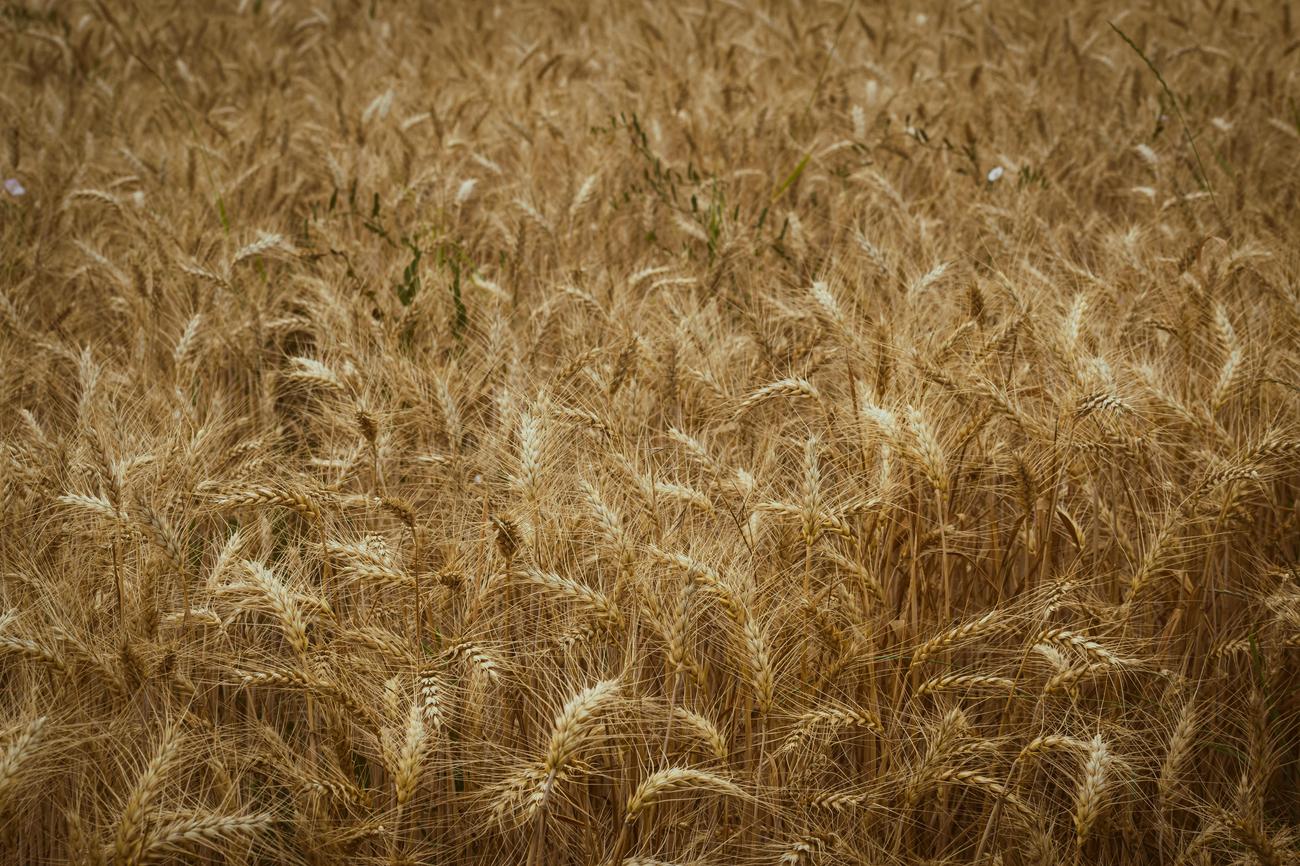When it comes to global food supply chains, there are few players as vital and complex as grain elevators. These towering structures serve as the unsung heroes of agriculture, facilitating the movement of grains from the fields to our plates. But beneath their imposing exteriors lies a world of intricacies that often go unnoticed. In this article, we will delve deep into the fascinating realm of grain elevators, exploring their inner workings, their role in the global food supply chain, and the myriad of challenges they face. So grab your hard hat and join me as we unravel the mysteries of these grain giants.

Exploring the Intricacies of Grain Elevators
Grain elevators are fascinating structures that play a crucial role in the global food supply chain. These towering giants serve as waypoints for the grains we consume, facilitating the movement of grain from farms to food producers. In this article, we will delve into the intricacies of grain elevators, uncovering their inner workings, safety challenges, and their impact on the agricultural industry. So, let’s embark on this journey of exploration together, shall we?
One of the key features of a grain elevator is its storage capacity. These buildings are specifically designed to store grain in large quantities, ensuring a steady supply for food production. The compartments within a grain elevator are meticulously organized, allowing for efficient sorting and storage of different grain types. This compartmentalization ensures that different grains don’t mix, maintaining their quality and preventing cross-contamination. The intricacies of grain elevators lie in their ability to handle vast volumes of grain, maintaining its integrity until it reaches its final destination.
But what about the operations within these grain elevators? Well, it’s not just about storage. Grain elevators also handle the drying, cleaning, blending, and forwarding of grain. Terminal elevators, in particular, take on these additional responsibilities before the grain is ready for shipment. These processes are critical to ensure the grain meets quality standards and can be safely transported to its intended recipients. Through these operations, grain elevators contribute significantly to the efficiency and reliability of the global food supply chain.
However, as with any complex system, there are safety challenges associated with grain elevators. These structures need to adhere to strict safety regulations to protect both the workers and the precious grain they handle. Dust explosions, for instance, pose a significant risk in grain elevators. The fine particles of grain dust can become highly flammable in the right conditions, leading to devastating explosions. To mitigate this risk, grain elevators implement safety measures such as proper ventilation, regular cleaning, and the use of dust control systems. Understanding and addressing these safety challenges are crucial for ensuring the smooth and secure operation of grain elevators.
Furthermore, the location of grain elevators plays a vital role in their functionality. These facilities are strategically positioned in rural areas, making them easily accessible to farmers. They are also conveniently located near highways and waterways, enabling efficient transportation of grain. This positioning allows farmers to deliver their harvested grain to the elevators without excessive travel, reducing logistical challenges and costs. The proximity to transportation routes ensures the seamless movement of grain from the elevators to its next destination, whether it be food producers or export terminals.
Looking beyond their operational aspects, grain elevators have captured the interest of many, becoming subjects of photography and documentation projects. These visual endeavors allow us to appreciate the sheer scale and architectural beauty of these structures. They serve as a testament to the significant role grain elevators play in our food system and provide a glimpse into the lives of those who work tirelessly to sustain it.
To summarize, the intricacies of grain elevators encompass their storage capacities, meticulous operations, safety challenges, strategic positioning, and their visual and cultural significance. These structures are more than just storage buildings; they are the backbone of the global food supply chain. Understanding their inner workings enables us to appreciate the complex web of processes that ensure a steady and reliable flow of grains, feeding our growing population.
“Grain elevators are not merely storage buildings – they are the guardians of our food supply, safeguarding its quality and integrity as it traverses the intricate pathways of the agricultural industry.”
Now that we’ve unraveled the intricate world of grain elevators, we can better comprehend the vital role they play in our daily lives. The next time you enjoy a loaf of bread or a bowl of cereal, take a moment to appreciate the journey those grains have undertaken, starting from the fields and passing through the intricacies of grain elevators before nourishing us all.
Grain elevators have a fascinating history and play a crucial role in the agriculture industry. If you’re curious about learning some mind-blowing facts about grain elevators, you’re in luck! Click here to uncover the hidden secrets and surprising information about these towering structures. Discover how they revolutionized the storage and transportation of grain, and uncover the engineering marvels behind their construction. Prepare to be amazed by the impact grain elevators have had on the world of agriculture! So, what are you waiting for? Let’s explore the intriguing facts about grain elevators by clicking this link: facts about grain elevators.

FAQ
Q: What is a grain elevator?
A: A grain elevator is a storage building for grain, typically a tall frame, metal, or concrete structure with a compartmentalized interior.
Q: What are grain elevators called in Australia?
A: In Australia, the term “grain elevator” is reserved for elevator towers, while a receival and storage building or complex is known as a “receival point” or “wheat bin” or “silo”.
Q: What is the term used for large-scale grain operations in Australia?
A: Large-scale grain receival, storage, and logistics operations in Australia are known as bulk handling.
Q: How are grain elevators used in Canada?
A: In Canada, the term “grain elevator” refers to a place where farmers sell their grain.
Q: What is the role of grain elevators in the food supply chain?
A: Grain elevators serve as waypoints for moving grain from the farm to food producers, playing a crucial role in the global food supply chain.
- Georgia Platform: A Southern Strategy, 1850s - March 31, 2025
- How many weeks is 40 days: Quick Conversion Guide for Accurate Results - March 31, 2025
- How many feet is 300 meters? 984 Feet: Understand Length Conversions Easily - March 31, 2025
















